One of the first things I did as a grad student in 1982 was tour the Laser Interferometer Gravitational Wave Observatory (LIGO) prototype on the Caltech campus about a block from my dorm. It was housed in a utilitarian L-shaped building wrapped around the corner of another building. I toyed with the idea of working with Kip Thorne and Ron Drever on LIGO, perhaps making a career of it. I would be a small part of a large and long collaboration, but one that would probably make history. I chose a different path, but I never forgot LIGO, and I have closely followed its progress ever since. In 2007, I even co-advised Stephen Poprocki’s senior I.S. “Bayesian Source Direction Determination for Gravitational-Wave Bursts”, which was a small contribution to the LIGO effort.
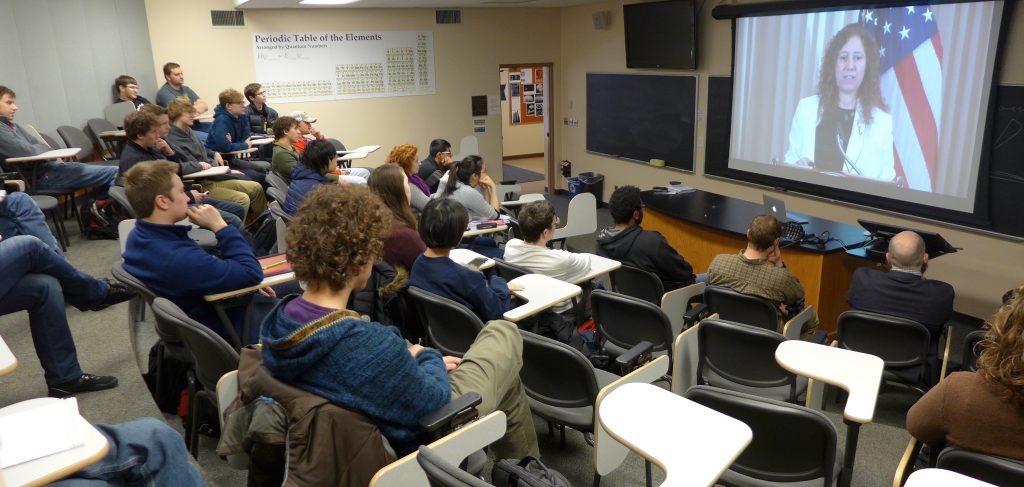
A packed crowd of Wooster physicists eagerly awaits the news from LIGO.
Last Thursday morning, I was thrilled to sit with the Wooster physics department in a crowded Taylor 111 watching the LIGO team announce the first direct detection of gravitational waves. I got goosebumps reading the discovery paper in Physical Review Letters. However, during a later replay of the press conference, I heard Kip say Ron Drever was too ill to be there, but his family sent their best wishes. Sadly, the New York Times reports that Ron is in a nursing home in Scotland suffering from dementia, this historic discovery apparently too late for him to savor.
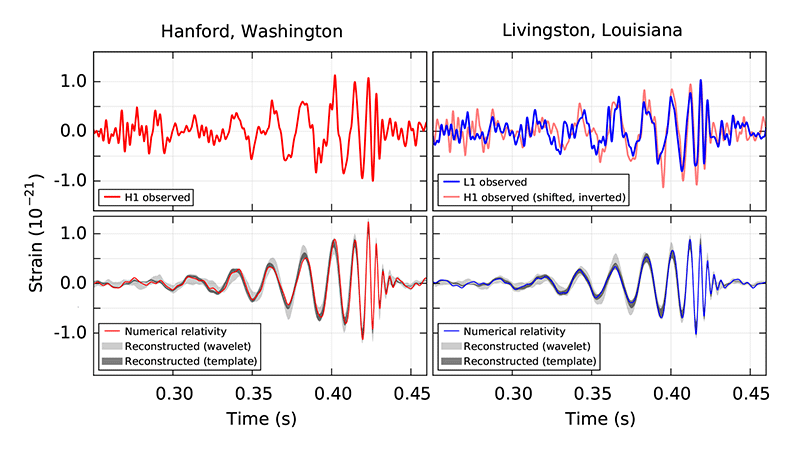
Audible chirps as proper distances between LIGO mirrors change by a few thousandths of a proton diameter in response to a binary black hole merger over a billion years ago.
Gravitational waves are the analogue for gravity of what light is for electromagnetism but about 10^{40} times weaker. Over a billion years ago, two black holes spiraled together, merged, and rung down, radiating away the equivalent of about 3 solar masses of energy in a third of a second with more power than the luminosity of the entire observable universe. Last September 14th, gravity waves from the merger passed through Earth, stretching and expanding the 4-km long arms of the two LIGO interferometers, which were thousands of miles and several milliseconds apart, by a few thousandths of a proton’s width. The resulting chirps in strain were visible to the eye above the noisy backgrounds. History had been made, and a new era in astronomy had begun.

The moment we first saw the now-famous plots of the gravitational wave signals.

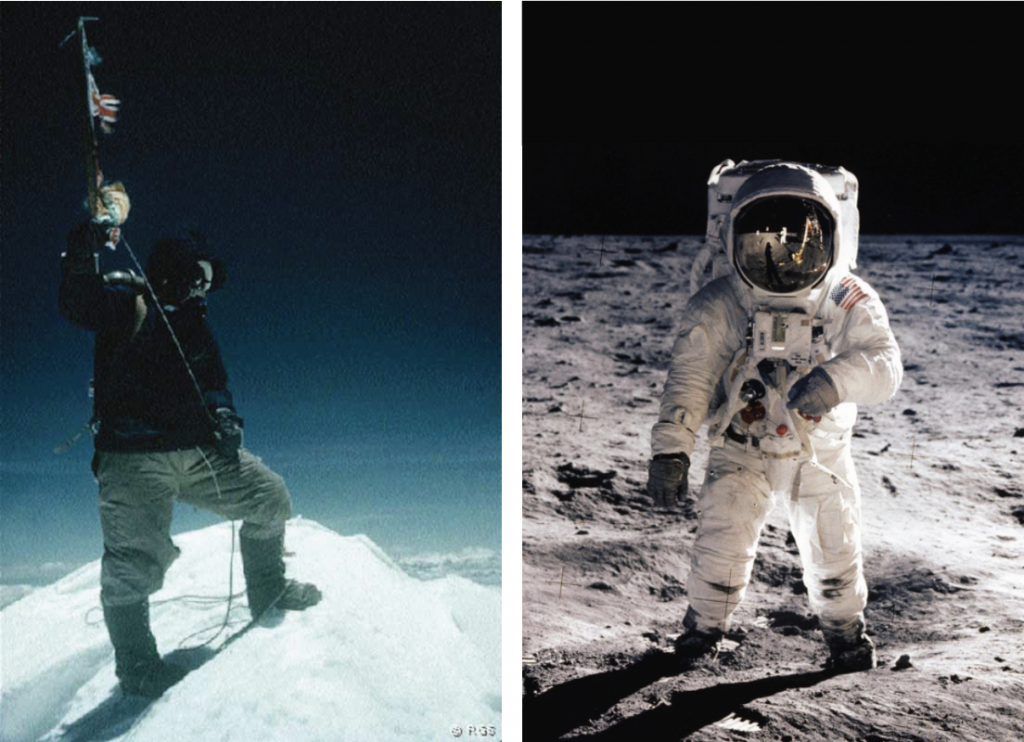

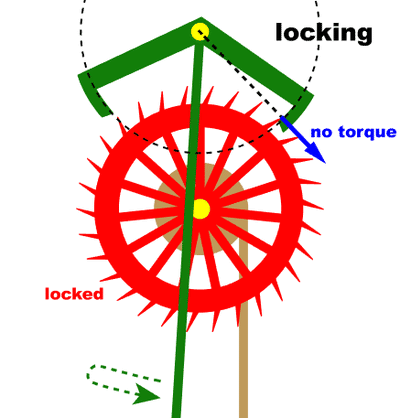
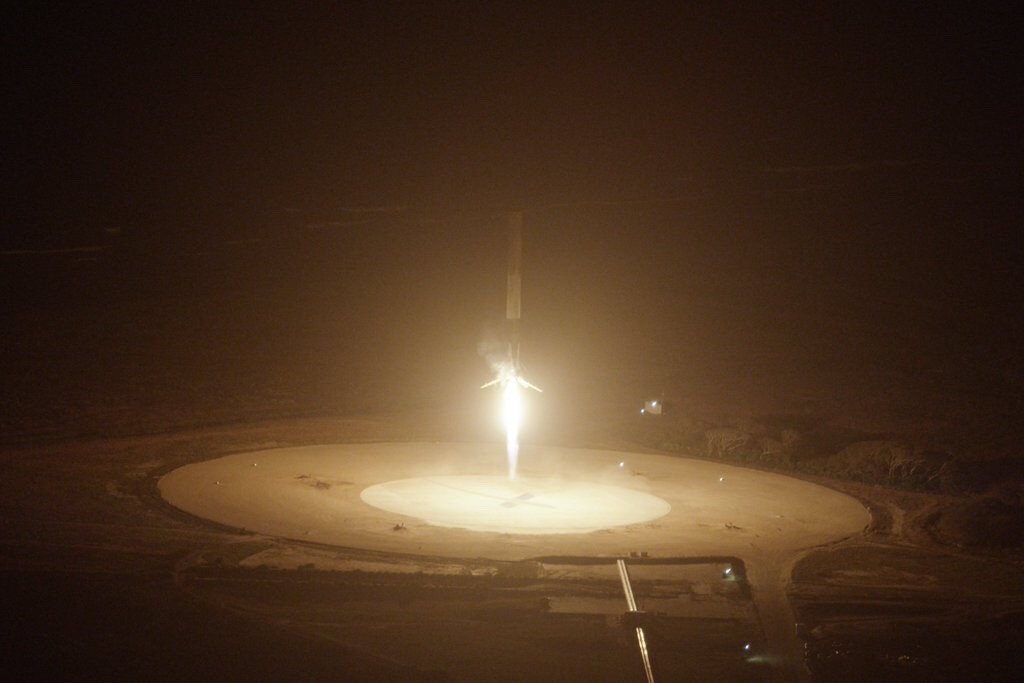

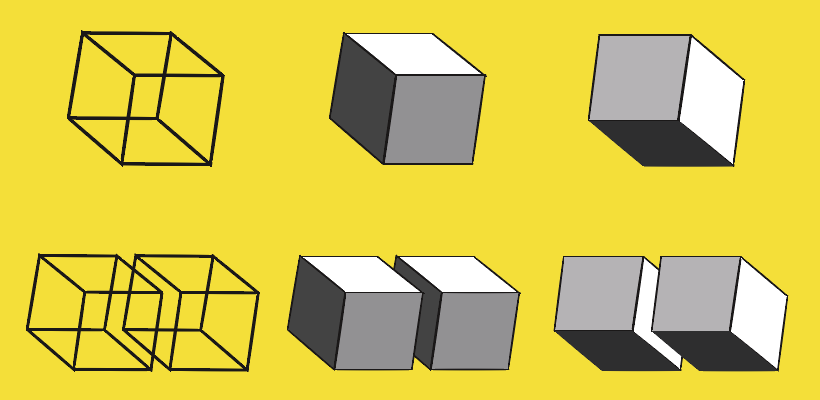
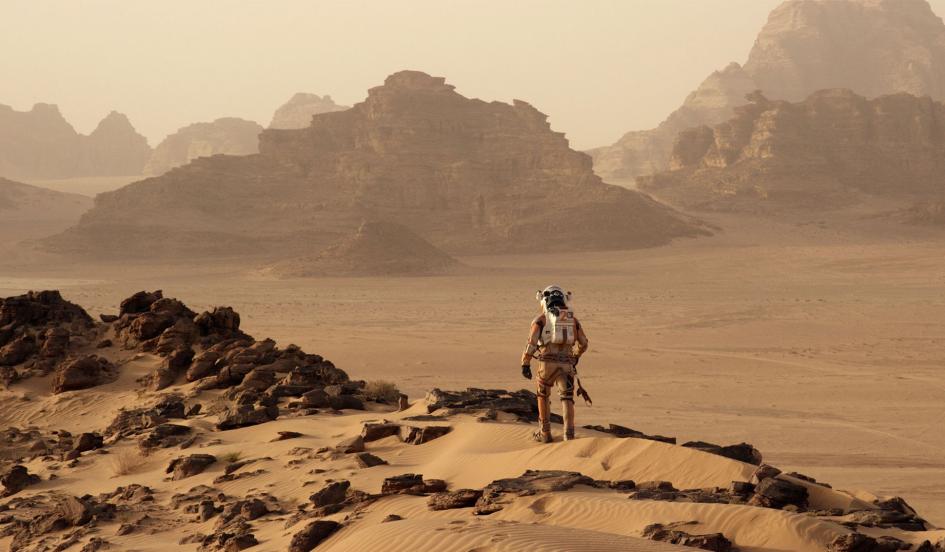
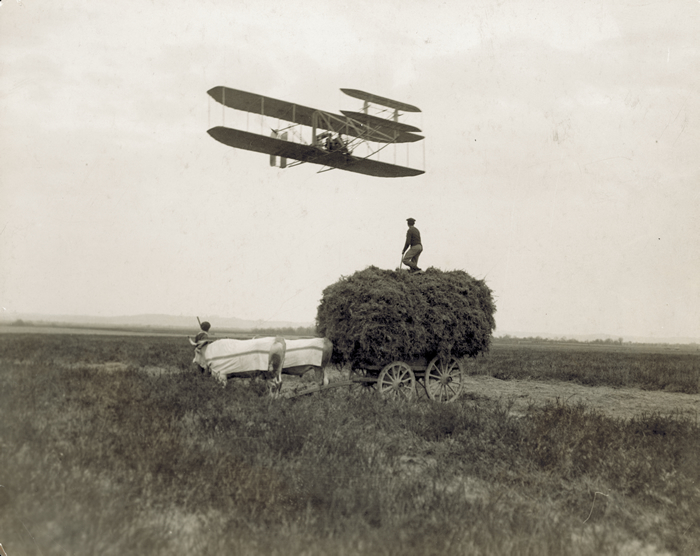

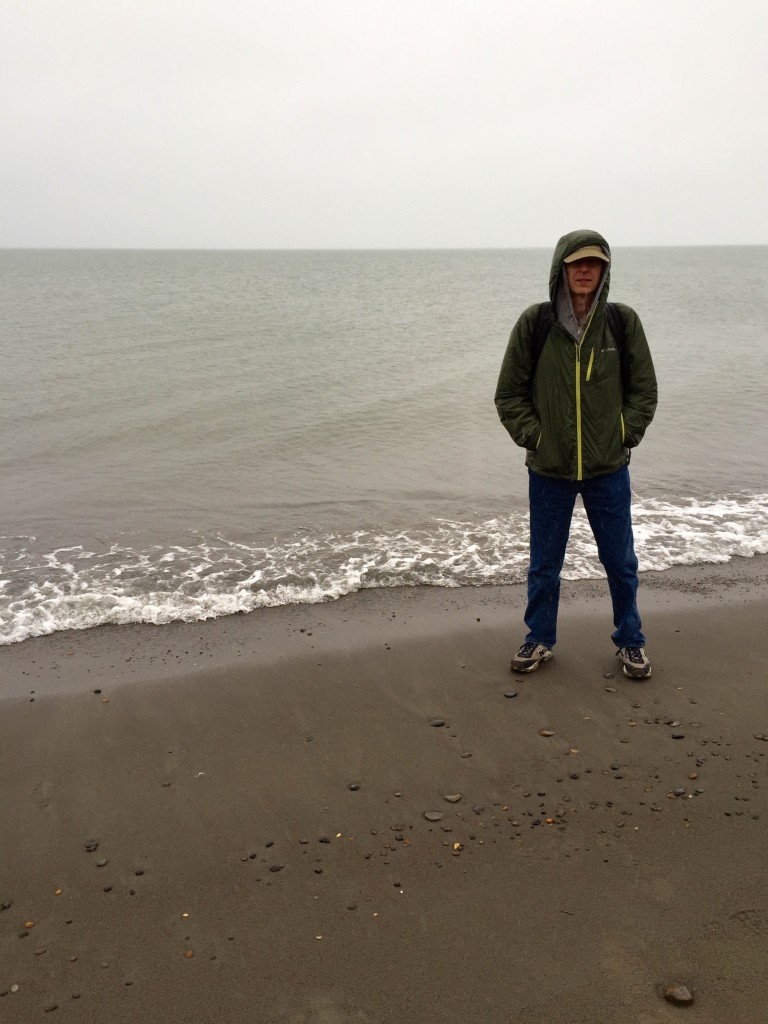

Thanks, Mark! I enjoy reading your posts as well.